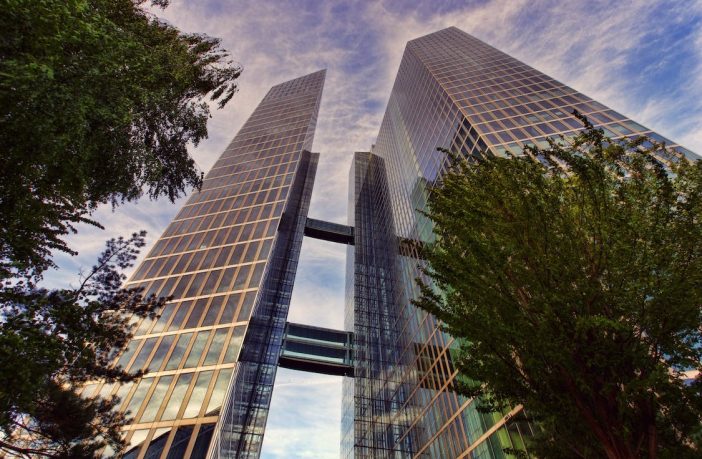- Decarbonization of the building sector is no longer a choice but a necessity.
- As nations strive to curb their greenhouse gas emissions by 2050, it is increasingly clear that current building standards do not go far enough to drive tangible change.
- Achieving climate goals requires economies to advocate measures that drive carbon neutrality while managing associated costs effectively.
- How would net-zero performance strategies impact building costs?
Architecture contributes significantly to carbon emissions through construction and building operations. According to M&G Real Estate’s 2018 Global Status Report, 28% of carbon emissions are attributed to the energy used for lighting, heating, and cooling buildings. Additionally, 11% of emissions are from embodied carbon – emissions related to building construction, transportation of materials, manufacturing, installation, and end-of-life impacts. Conventional sustainability standards, such as BREEAM or LEED, often carry cost premiums. The industry is discovering alternative solutions more accessible and financially feasible for a wider range of projects.
Understanding the costs associated with carbon-neutral buildings demands a recognition of the difference between initial construction costs and long-term operational expenses. Innovative technologies and materials tend to account for the higher upfront investments. In comparison to traditional alternatives, photovoltaic solar panels, advanced insulation, energy-efficient HVAC systems, and other sustainable technologies come with a higher price tag. Green technologies also require large investments in research and development, thereby adding to the initial expense.
The cost of carbon-neutral buildings is relative, influenced by factors such as location, size, design complexity, and available technologies. Achieving net zero requires equal attention to sustainable design, high-performance materials, energy-efficient systems, renewable energy sources, certification, and operational savings.


Green Buildings Pay Off
The business case for reducing carbon emissions in construction is becoming increasingly apparent. Real estate companies investing in carbon reduction can demand higher rents, access valuable grant opportunities, and stay ahead of government mandates that may impose steep fees for carbon emissions. Carbon-neutral buildings can generate higher revenue, as tenants are willing to pay more for space in environmentally friendly buildings. Reports show that green certifications result in rent premiums of 6% and sales premiums of 8%. Conversely, buildings with poor sustainability ratings face economic consequences, with portfolio decreasing values. Retrofits to improve sustainability are far costlier than integrating green standards from the start, which can guard against future regulation.
Upcoming and established government regulations across the world emphasize the need for carbon reduction in the building industry. Non-compliance with these regulations may result in substantial fines and drive operational costs upwards. Committing to low-carbon procurement can also open new opportunities for construction companies and enhance their reputation as sustainable stakeholders.

Determining the costs of achieving a zero-carbon standard for buildings has been challenging due to evolving definitions and rapidly changing technology. For example, photovoltaic costs have fallen by over 80%, lighting efficiency has doubled, and grid electricity’s carbon intensity has decreased significantly in the last decade. Understanding these changing costs provides insight for policymakers to set appropriate targets to achieve carbon neutrality. A clear understanding of associated costs can better prepare cities and communities for the transition toward a more sustainable built environment.
Today, net-zero-carbon buildings are both technologically feasible and financially viable. While they may entail significant upfront costs, these buildings offer numerous economic benefits that justify the initial investment. The construction industry is beginning to realize that going green is not only good for the planet but also business. The perception that green construction requires substantial upfront investment should be challenged, as reducing embodied carbon is an affordable pathway to unlocking numerous financial advantages. The construction sector should acknowledge the numerous advantages of adopting a carbon-neutral approach, yielding benefits in both environmental responsibility and financial performance.
Author: Ankitha Gattupalli
This article was first published in ArchDaily and is republished with permission.


















